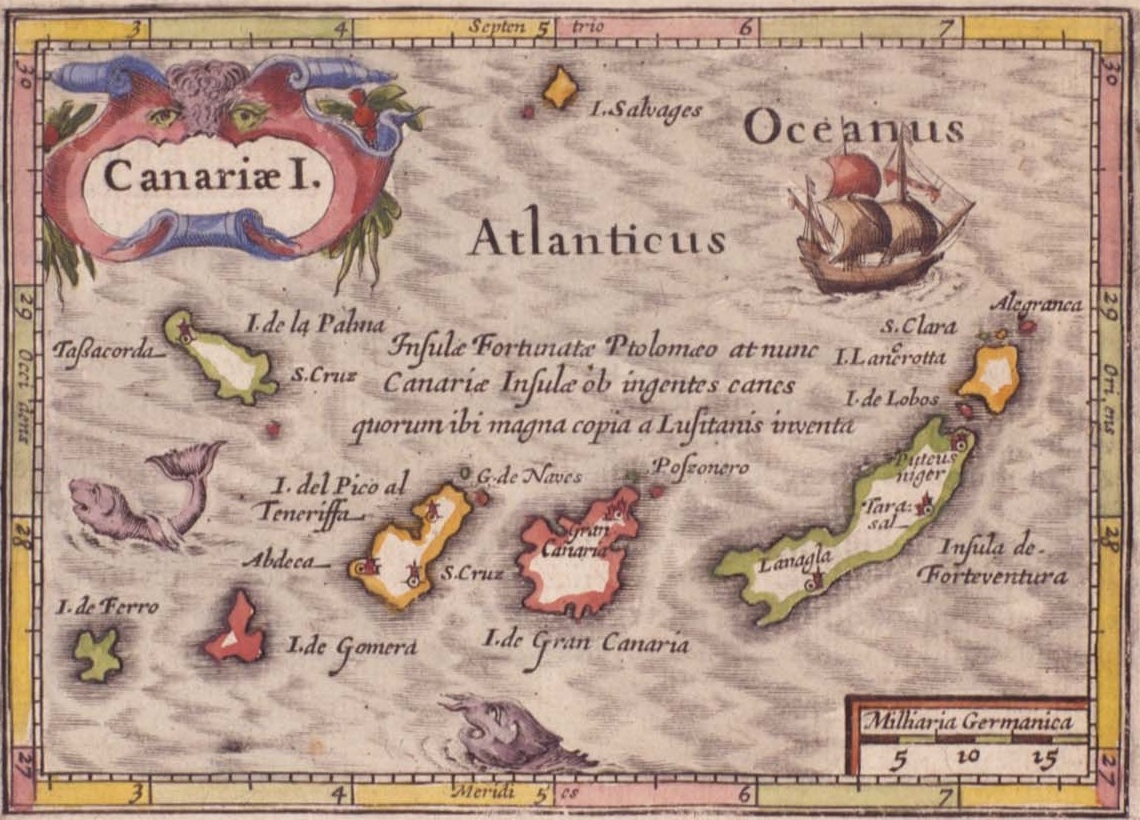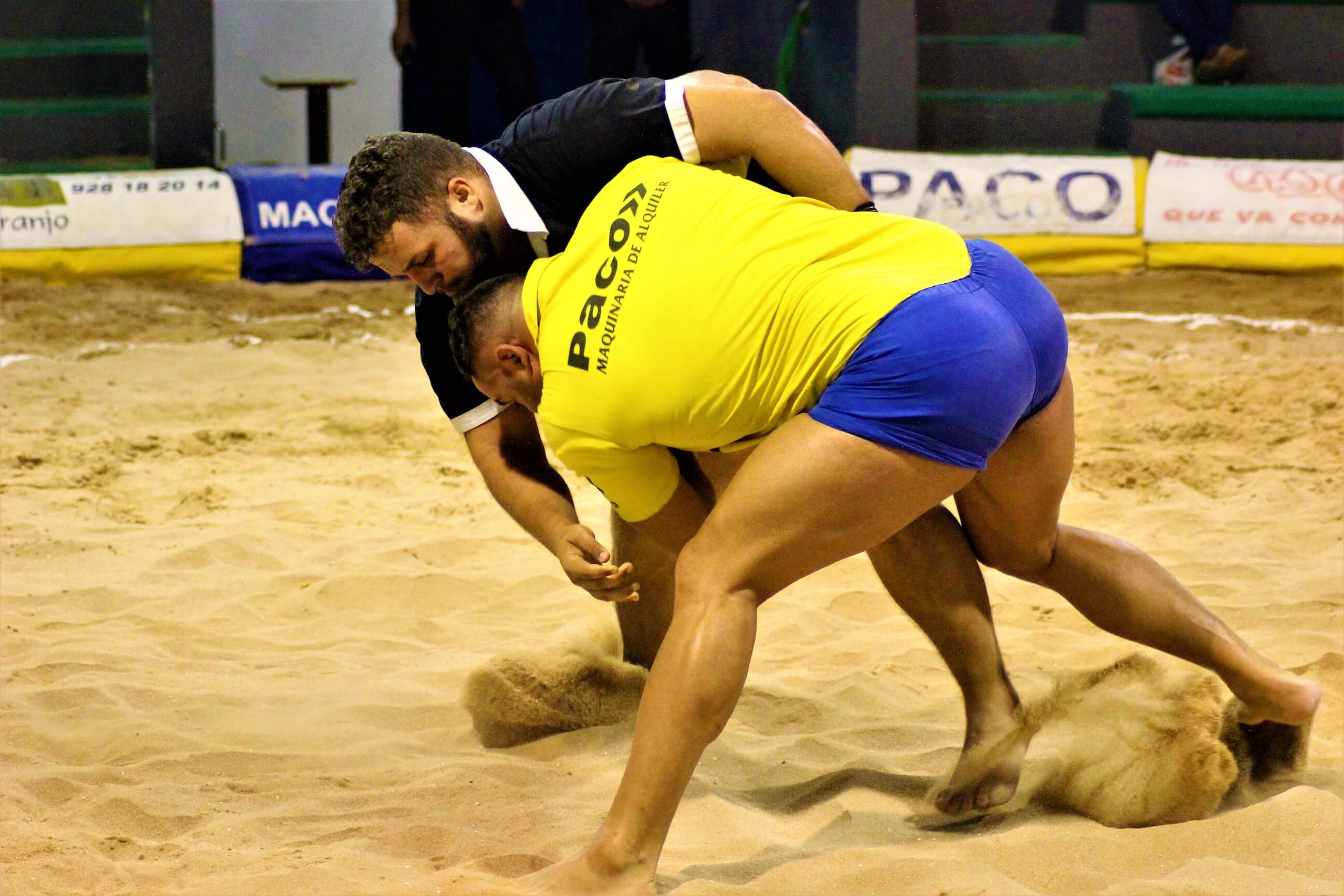The legends of the Canary Islands, and all the myths and mysteries of the archipelago, have always been present in the archipelago's culture. In fact, the region has always been the focus of numerous tales throughout its history, some of which still survive today.
These have been passed down from generation to generation, based on beliefs, inexplicable phenomena for some and a source of imagination in other cases. In this article we will take a look at the most popular ones.
5 myths and legends of the Canary Islands
Of all these legends, there are some that few people know about. For this reason, we encourage you to learn a little more about an unknown part of Canarian culture.
1. The love of Gara and Jonay (La Gomera)
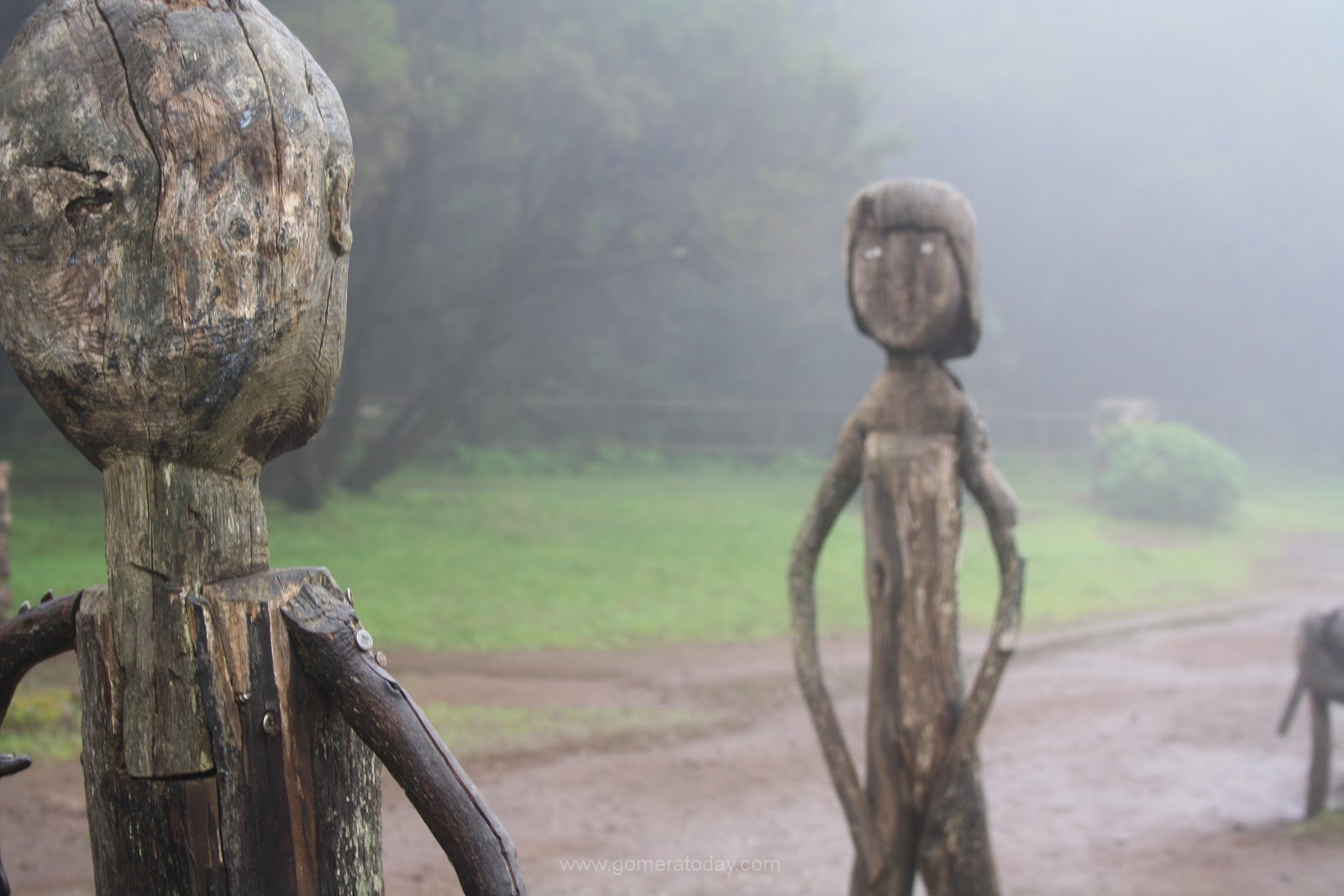
Inside the Garajonay National Park one can breathe the emotion of the story of Gara and Jonay, the aboriginal lovers who ended up taking their own lives together, because their love was not well regarded by the members of their different and opposing tribes.
He, Jonay, son of the mencey (king) of Adeje, came from Tenerife, the island of fire. Legend has it that he arrived by swimming, which is easy to understand when you can see the peak of Mount Teide so close from La Gomera.
She, Gara, princess of Agulo, princess of the water, lived in La Gomera and it seems that she already knew her destiny. She had seen it reflected in the spring of Los Chorros de Epina, made up of seven spouts.
Men and women used to go there to find the answer to their destiny or to drink and be lucky in love. "Drink water from the even spring if you are a man, from the odd one if you are a woman... and from the men's if you want to be a witch" says the current information panel.
But Gara and Jonay were unlucky. They fell in love at first sight and, after running away from their relatives when they wanted to separate them, they committed suicide with a sharp cedar stick, high up on La Gomera.
2. The curse of Laurinaga (Fuerteventura)
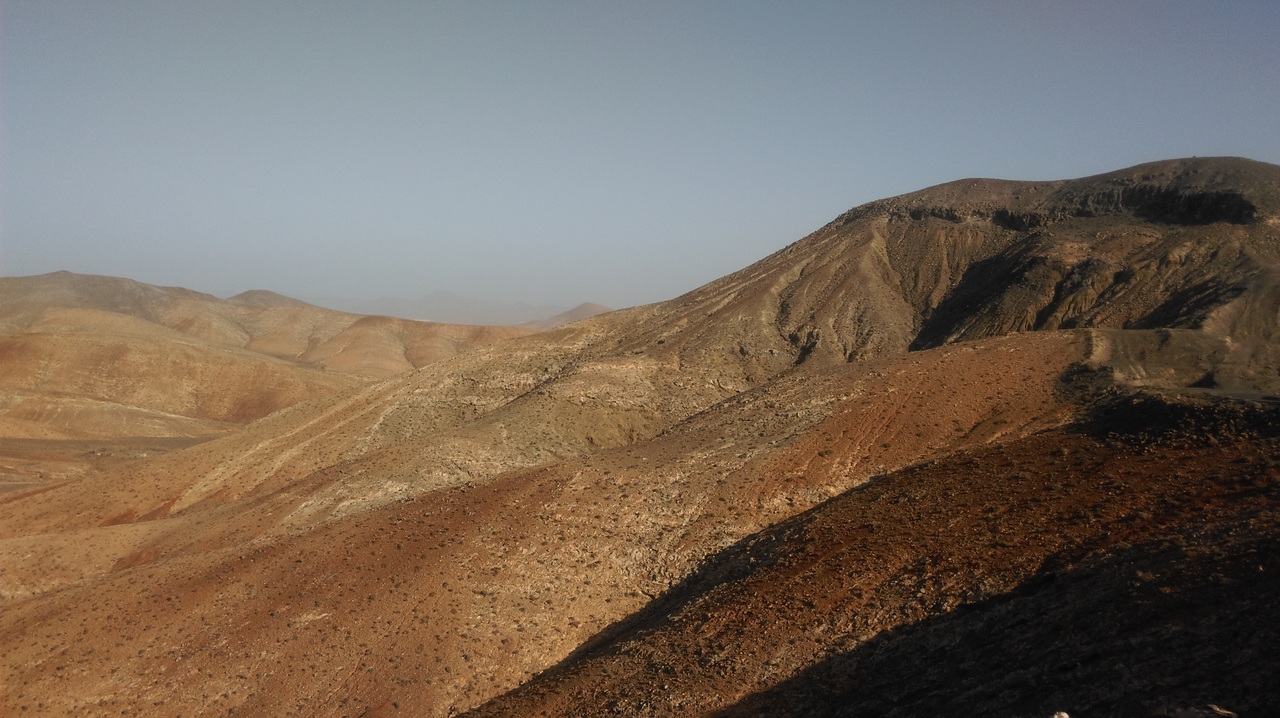
The Lord of Fuerteventura, Pedro Fernández de Saavedra, had a son with Laurinaga, a young aboriginal woman whom he seduced. However, he ended up marrying another woman "of good birth", with whom he had several children.
One of them tried to rape an aboriginal woman. A peasant, who saw the terrible scene, tried to save her, but Don Pedro, who was hunting nearby, went to defend his son and ended up killing the farmer. Soon after, an elderly aboriginal woman, the mother of the murdered young man, appeared.
She revealed to Don Pedro that she was Laurinaga and that the murdered boy was his unknown son, so she put a curse on the island, which from that moment on became a desert. It is, without doubt, one of the lesser-known legends of the Canary Islands.
3. The Devil of Timanfaya (Lanzarote)
Legend has it that on the 1st of September 1730 in the village of Timanfaya a wedding was being celebrated between the son of one of the richest people in Lanzarote and a young woman whose family cultivated healing plants.
In the middle of the celebration there was a strong volcanic explosion that moved the earth and began to rain rocks and lava that swept away everything in its path. The guests and villagers sought shelter, but misfortune struck the young couple.
A huge rock crushed the bride and buried her. The groom, on witnessing this scene, took a five-pointed forge to try to move the huge stone and save her. But when he finally managed to do so, he found that his beloved had died.
In his despair and feeling of desolation he took his wife's body without letting go of the forge and began to run through the valley looking for refuge, which, logically, he could not find.
Despite the smoke and ashes, the witnesses were able to make out the moonlit young man, who lifted the forge with his arms and the locals sighed in sadness "poor devil". Afterwards, his image disappeared into the burning ground of Lanzarote.
4. The cry of Ferinto (El Hierro)
One of the legends of the Canary Islands that isn’t well known, tells that when the conqueror Jean de Béthencourt arrived on El Hierro, Ferinto lived on the island. This aboriginal was a real headache for the invaders, as he was very slippery and quick.
However, he was betrayed by one of his own people, who revealed his whereabouts to the Europeans, who quickly went after him. Ferinto fled at full speed, but his path was cut off by a deep ravine.
Faced with this situation, he picked up his pace and ran as fast as he could and managed to jump down the other side of the ravine. Further on, however, he was surrounded and, with no hope left, he chose to throw himself into the ravine with a loud cry rather than be captured as a slave.
5. The leap of the lovers (La Palma)
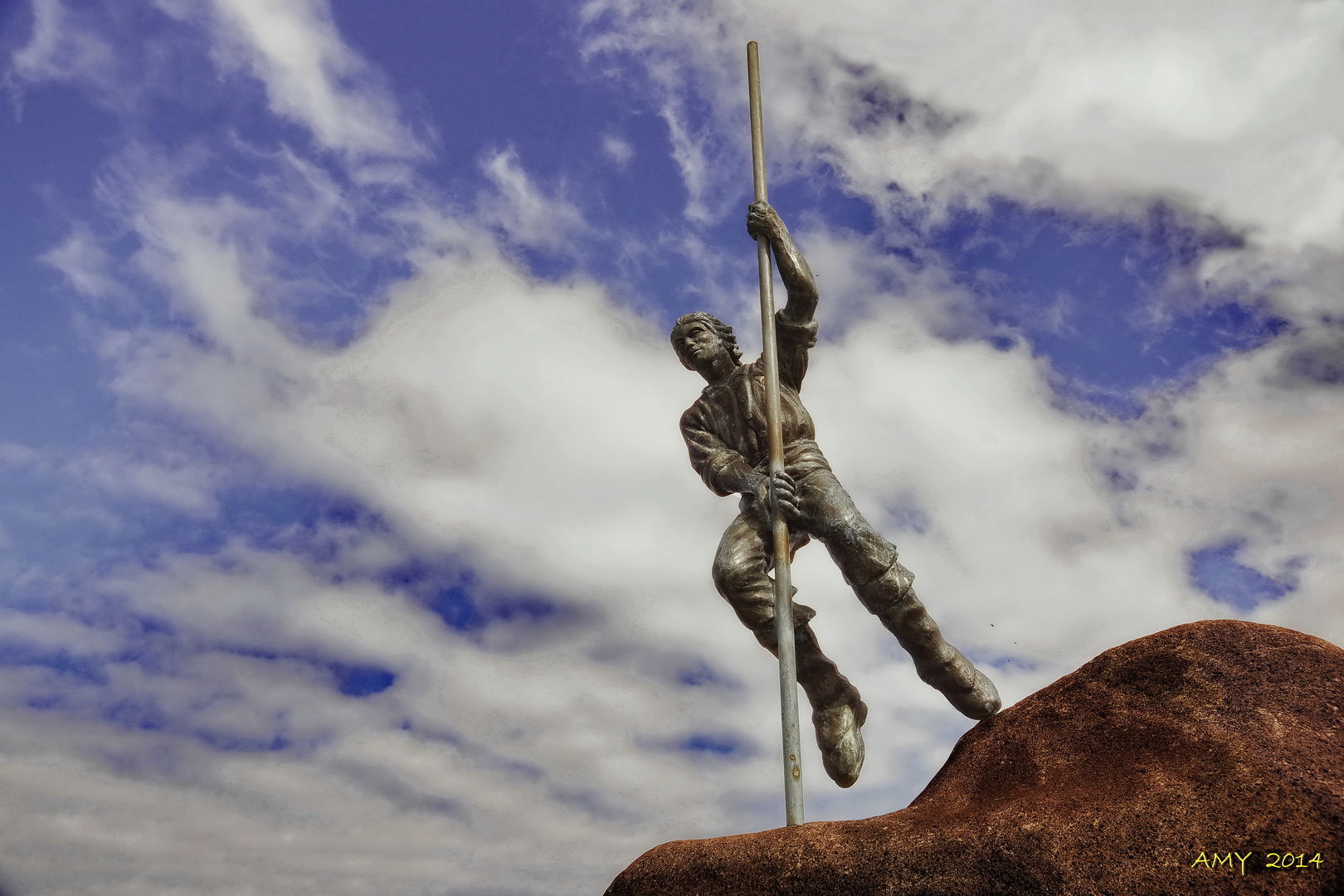
Once upon a time there lived in the north of La Palma a bold and courageous shepherd who fell in love with a beautiful girl that was unaware of his pretensions towards her. Be that as it may, he continued the courtship without much success.
Faced with such insistence, the girl told him that if he wanted her to marry him, he would have to approach a cliff and walk three times over the ravine while leaning on a long spear.
So, the first time the boy successfully jumped, shouting "in the name of God". On the second occasion, he also reached the other side shouting "in the name of the Virgin (Mary)". Finally, on the third jump he shouted "in the name of my lady", with such bad luck that he fell to his death.
Unfortunately, his body could never be found and the girl, because of this tragedy, lost her mind, cried for him all the days that remained of her life and every time a coffin passed by she ran to check if it was him.
As you will have seen, the legends of the Canary Islands have to do with the special nature of the archipelago, which has made them ideal for generating myths and mysteries. Everything on these islands seems to be under the influence of the supernatural: its inhabitants, its orography, its vegetation and even its fauna.
